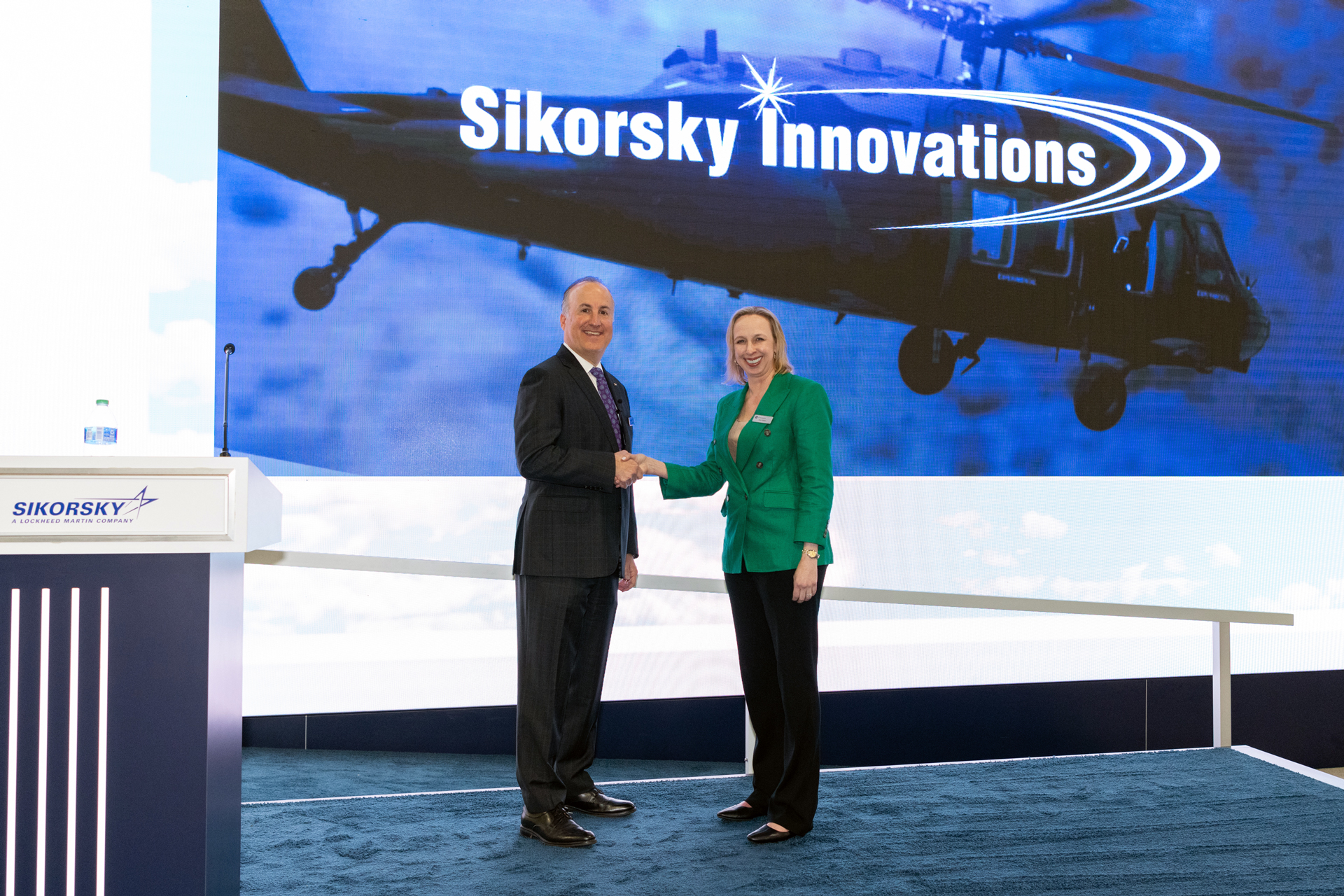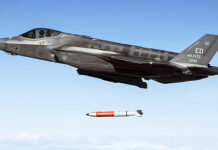Lockheed Martin’s Sikorsky arm is to produce a fully autonomous, long-range hybrid-electric vertical take-off and landing (eVTOL) prototype, the parent company announced on 7 March 2023.
Known as the Hybrid-Electric Demonstrator (HEX), the unmanned platform will have a gross weight of more than 3,175 kg (7,000 lb) and will serve as a flying test-bed to evaluate large aircraft design, novel propulsion systems and the control architectures required to produce an aircraft that can achieve sustained hover and ranges greater than 500 nautical miles (926 km).
“As Sikorsky celebrates 100 years of flight innovations, it’s fitting to highlight our continued commitment to safe and sustainable transformative flight,” Paul Lemmo, Sikorsky president, was quoted as saying in a company press release. “Sikorsky’s HEX aircraft will provide critical insights into the possibilities of electric systems in VTOL aircraft. Ultimately, we want to show the potential of large, advanced air mobility vehicles to perform utility missions for the US military and transport passengers between cities.”
For the HEX project GE Aerospace is offering a CT7 turboshaft engine combined with a 1 MW-class generator and associated power electronics, building on hybrid-electric propulsion systems being developed by GE Aerospace for both NASA and the US Army.
“Bringing innovative technology is a top priority for GE Aerospace,” said Amy Gowder, the company’s President and CEO of Defense & Systems. “We are committed to developing hybrid-electric propulsion systems that save fuel and optimise performance for the military and commercial applications. We are thrilled to build off our existing work with NASA and the army to offer to power Sikorsky’s HEX aircraft and bolster the future of flight.”

The HEX project is being led by the Sikorsky Innovations rapid prototyping group, which will design, build and integrate the HEX airframe and electric motors with the company’s Matrix autonomous flight control system (FCS).
A first flight for the HEX platform is notionally set for the 2026-2027 timeframe, a Lockheed Martin spokesperson confirmed to ESD on 8 March.
Depending on insights learned from the flight test programme, along with assessment of customer applications, the HEX project could lead to a family of eVTOL vehicles scaled to carry passengers and payloads for both military and commercial applications.
Sikorsky’s Matrix autonomous FCS has been developed and tested extensively over the past decade, with the company noting that the “software, hardware and sensors that comprise the Matrix system have demonstrated high flight reliability in low-altitude and obstacle-rich scenarios”. During the US Army’s Project Convergence 2022 exercise, held from 29 September to 9 November 2022 at Fort Irwin in California, an unmanned, Matrix-controlled Black Hawk helicopter demonstrated optionally piloted resupply missions.
Peter Felstead











